Tired of your metal parts rusting and looking like crap? Want to improve the look of your parts? Nickel plating may be the answer. Not only does nickel plating make your metal parts last longer, but it also makes them look great. In this article, I’ll explain nickel plating and why it might be the best choice for your next project.
Nickel plating improves the corrosion resistance, durability, and appearance of sheet metal parts. It’s used in many applications, including automotive, electronics, aerospace, and more. When you choose nickel plating, you’re choosing parts that are protected, long-lasting, and look good.
You need to understand the benefits of nickel plating so you can make an informed decision. The process, known as nickel electroplating, involves putting a thin layer of nickel on a metal surface. It’s used to improve things like corrosion resistance, durability, and appearance. In this article, I’ll talk about the advantages of nickel plating, different types of nickel plating processes, and what to consider when you’re thinking about nickel plating your sheet metal parts.
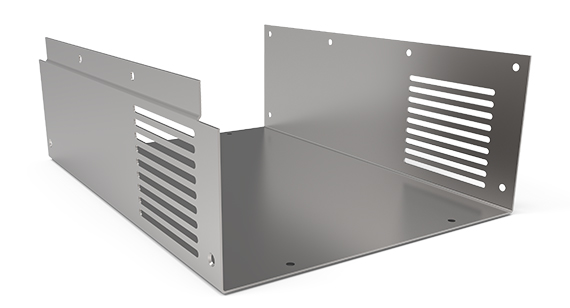
What are the Benefits of Nickel Plating?
There are several good reasons why people use nickel plating in a variety of industries. Here are a few of the benefits:
Corrosion Resistance
Nickel plating is a great way to protect parts from rust, which is why people use it in lots of different industries. The nickel acts as a barrier that keeps rust from forming and keeps your parts from breaking down. In real world testing, nickel-plated parts have lasted up to 10 times longer in harsh environments than un-plated parts. This is especially important in industries like automotive and aerospace where parts are exposed to harsh elements all the time.
Enhanced Durability
Nickel plating makes the surface of your sheet metal parts harder, which helps protect them from wear and tear. Because the parts last longer, you don’t have to replace them as often. This is a big deal in industries where parts wear out quickly, like the automotive industry. With nickel plating, things like engine parts and fuel systems last longer and stay in better shape over time.
Improved Aesthetic Appeal
People care about how things look, especially in industries where customers see the parts. Nickel plating gives your parts a nice, shiny, bright look that makes them look good. There are different types of nickel plating, including matte, semi-bright, and bright, that give your parts a high-end look. That’s why you see nickel plating used in the fashion industry for things like jewelry, watches, and clothing accessories.
Electrical Conductivity
Nickel plating is also good for making parts conduct electricity better. For example, when you nickel plate connectors, they conduct electricity 20% better. That’s a big deal in the electronics industry where people use nickel plating to make electrical contacts, connectors, printed circuit boards (PCBs), and semiconductor parts.
Cost-Effectiveness
Nickel plating is a good balance of performance and cost. Because it protects your parts for a long time, you don’t have to replace them as often. That means you save money when you use nickel plating in your high-volume production. By nickel plating your parts, you save money on maintenance and replacement costs in the long run.

How Does Nickel Plating Work?
Nickel plating is an electrochemical process where a layer of nickel is deposited on a metal surface. Here’s how it works:
- Prepare the surface: You clean and prep the metal surface to make sure the plating sticks. This step is really important because if the surface is contaminated, the plating won’t stick well.
- Put it in a bath: You put the cleaned metal part in a bath that has a solution of nickel salts in it.
- Turn on the electricity: You run an electric current through the part, which causes nickel cations to be reduced and deposited on the surface of the metal part.
- Control the thickness: You control how thick the nickel layer is by how long you electroplate the part.
- Do more stuff: After you plate the part, you might do other things like polish it, buff it, or passivate it to get the finish and the performance you want.

Suitable Materials for Nickel Plating
You can nickel plate lots of different materials, including:
• Steel: People use steel in lots of automotive and industrial applications because it’s strong and tough.
• Copper and copper alloys: People use these materials in electrical components because they conduct electricity really well.
• Brass: You see brass in decorative stuff because it looks nice.
• Aluminum: People use aluminum in aerospace applications because it’s light and strong.
• Zinc and zinc alloys: People use these materials in fasteners and screws because they’re resistant to corrosion.
• Iron: People use iron in lots of industrial and construction applications.
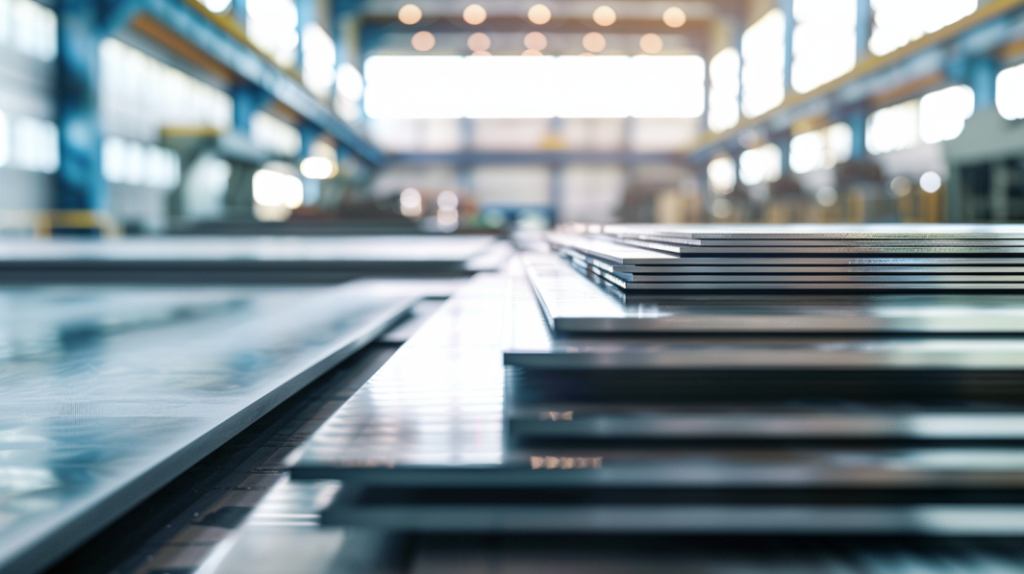
Things to Consider When Choosing Nickel Plating
When you work with Premium for nickel plating, here are some things you need to know:
- Material Options: We can nickel plate mild steel and high-purity electrolytic copper. Nickel-plated copper parts are good for conducting electricity and can handle higher temperatures.
- Surface Considerations: Sometimes you can see imperfections or the raw material through the nickel plating. The color can vary from batch to batch and from different alloys. Nickel plating adds 0.0002″ per side to the surface, whereas zinc plating adds 0.0003″.
- Welding Considerations: You can’t plate parts you need to weld. If you need to weld parts after plating, you have to remove the plating in the welding area.
- Surface Preparation: You need to clean and prep the surface really well so the nickel plating sticks.
- Thickness Requirements: You have to figure out how thick you need the nickel layer to be to make sure it performs how you need it to in your application for wear and corrosion.
- Post-Plating Processes: You might need to polish, buff, or passivate the part to get the finish and the performance you want.
- Temperature and Operating Conditions: You need to think about the environment your part will be in to make sure the nickel plating will work well in that environment.
- Cost vs. Benefit: You need to figure out how much nickel plating costs compared to how much longer your part will last, how much better it will perform, and how much better it will look.
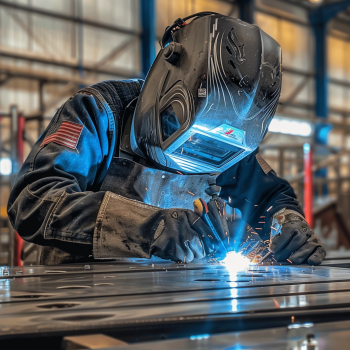
Electroplating vs. Electroless Nickel Plating
You can nickel plate parts using two different methods: electroplating and electroless nickel plating. Each has its own benefits:
Nickel Electroplating
- Precise Control: You can control the thickness and the composition of the nickel coating by adjusting things like the current density, how long you plate it, and what’s in the bath.
- Enhanced Adhesion: The nickel layer you plate on forms a real strong bond with the part, which makes it stick better.
- Faster Deposition Rates: When you use electricity to plate the metal, you get more metal ions going onto the part, so you plate it faster.
- Cost-Effectiveness: Electroplating is usually cheaper because you don’t need as much equipment or as many chemicals as you do for electroless plating. It’s also faster for some applications.
- Versatility: You can plate nickel on a lot of different things, like different metals, plastics, and ceramics.
Electroless Nickel Plating
- Uniform Coating Thickness: Because it plates with a chemical reaction, the nickel coating goes on evenly, so you get the same thickness everywhere.
- Simplicity and Ease of Use: Electroless nickel plating doesn’t need an external power source or a lot of fancy equipment like electroplating does, so it’s easier and cheaper to do.
- Improved Corrosion Resistance: The nickel coating is the same all the way through, so it resists rust, oxidation, and other bad stuff in the air better.
- High Chemical Stability: The nickel coating is really strong and can handle a lot of different chemicals and heat without breaking down.
- Improved Surface Finish and Hardness: Electroless nickel plating looks better and lasts longer than electroplating. It’s also harder, so it doesn’t wear out as fast.
Nickel vs. Zinc Plating
Premium offers both nickel and zinc plating, and the best choice depends on the intended use of the part. Here’s a comparison:
| Property | Nickel Plating | Zinc Plating |
| Corrosion Resistance | Excellent, especially in alkaline environments | Good, particularly in atmospheric conditions |
| Uses | Automotive, electronics, decorative applications | Fasteners, screws, galvanized steel products |
| Materials | Steel, copper, brass, aluminum, iron | Iron, steel, zinc (not suitable for copper alloys) |
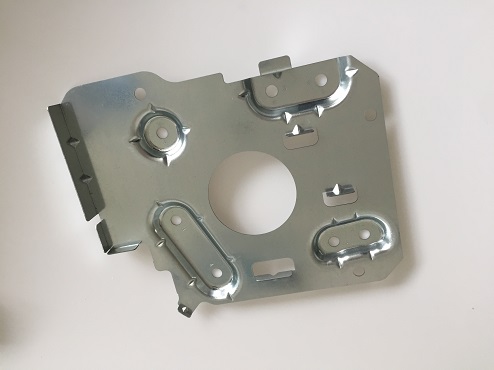
Applications and Uses of Nickel Coatings
People use nickel plating in all kinds of industries because it works great and you can put it on a lot of different things. Here are a few industries where people use nickel plating:
Automotive
People in the automotive industry use nickel plating all the time for lots of different things. They use nickel plating to keep parts from rusting, to keep parts from wearing out, and to make parts look good. You see nickel plating on things like engine parts, fuel system parts, electrical connectors, and fancy stuff on the outside of the car.
Electronics and Electrical
The electronics industry uses nickel plating because it’s good at conducting electricity and it resists rust. You see nickel plating on things like electrical connections, connectors, printed circuit boards (PCBs), and parts that go inside semiconductors.
Aerospace and Aviation
People in the aerospace and aviation industries use nickel plating because it fights rust and makes parts last longer. They use it on things like the blades in a turbine, parts on the landing gear, fasteners, and parts of the fuel system.
Medical Devices
People in the medical device industry use nickel plating because it doesn’t rust. You see nickel plating on things like surgical instruments, implants, orthopedic devices, dental tools, and all kinds of medical equipment.
Oil and Gas
People in the oil and gas industry use nickel plating because it resists harsh environments and chemicals. You see nickel plating on things like valves, pumps, connections, and all kinds of stuff that moves oil and gas around and gets exposed to chemicals and high heat.
Jewelry and Fashion Accessories
People use nickel plating to make jewelry and fashion accessories look good and last longer. You see nickel plating on things like necklaces, bracelets, earrings, belt buckles, and metal watch bands.
Military and Defense
People in the military and defense industries use nickel plating because it fights rust and wear, and it makes parts last longer. You see nickel plating on things like guns, bullets, military vehicles, scopes, and all kinds of stuff that helps keep our country safe.

Customization and Flexibility
- Tailored Solutions: We can make nickel plating that meets your needs.
- Complex Shapes and Sizes: We can plate parts that are weird shapes and different sizes, and they will look and work the same.
- Flexible Production Runs: We can make a few nickel-plated parts or a lot of nickel-plated parts.
Transform Your Metal Parts with Nickel Plating
Enhanced Performance
Nickel plating keeps parts from rusting, keeps parts from wearing out, and makes parts conduct electricity better. That means your parts last longer, work better, and you don’t have to fix them as much.
Aesthetic Appeal
Nickel plating makes your metal parts look better. It makes them shiny and bright, so they look good. You can use nickel plating to make your car parts look good or make things that people buy look good.
Versatility
You can use nickel plating on a lot of different things because it works on a lot of different materials and shapes. You can use nickel plating on car parts, electrical parts, airplane parts, and medical parts. You can make nickel plating work for you.
Cost-Effectiveness
Nickel plating keeps you from having to replace your parts all the time. It keeps you from having to fix your parts all the time. That saves you money. When you use nickel plating, you know your parts will work and last a long time.
Quality Assurance
At Premium, we make sure the nickel plating is good by checking it all the time. We make sure the nickel plating is good by following the rules. You can trust us to make good nickel plating for your parts.
Customer Support
We’re here to help you with everything you need to know about nickel plating. We’re here to help you make good decisions about nickel plating. We’re here to help you get good nickel plating for your parts.
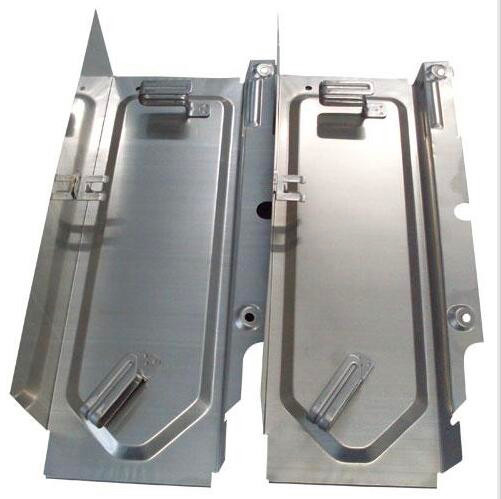
Conclusion
Nickel plating is a great way to keep your parts from rusting, keep your parts from wearing out, and make your parts conduct electricity better. You can use it on a lot of different things, and it’s good for a lot of different industries. At Premium, we make good nickel plating that works for you. Use nickel plating on your next project and make your metal parts work better and last longer.

